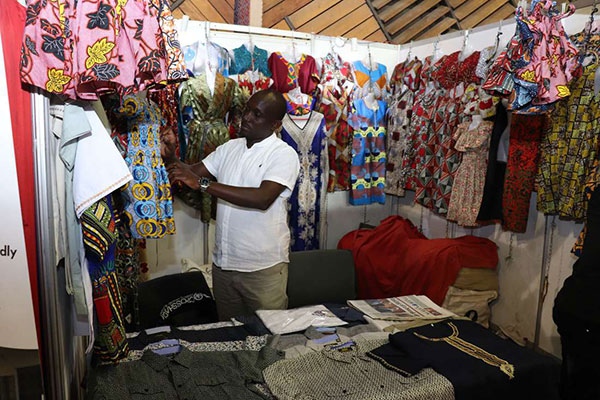×
The Standard e-Paper
Home To Bold Columnists

75 per cent of Kenya's Micro, Small and Medium Enterprises (MSMEs) are likely to face closure by the end of June according to Central Bank of Kenya Governor Patrick Njoroge.